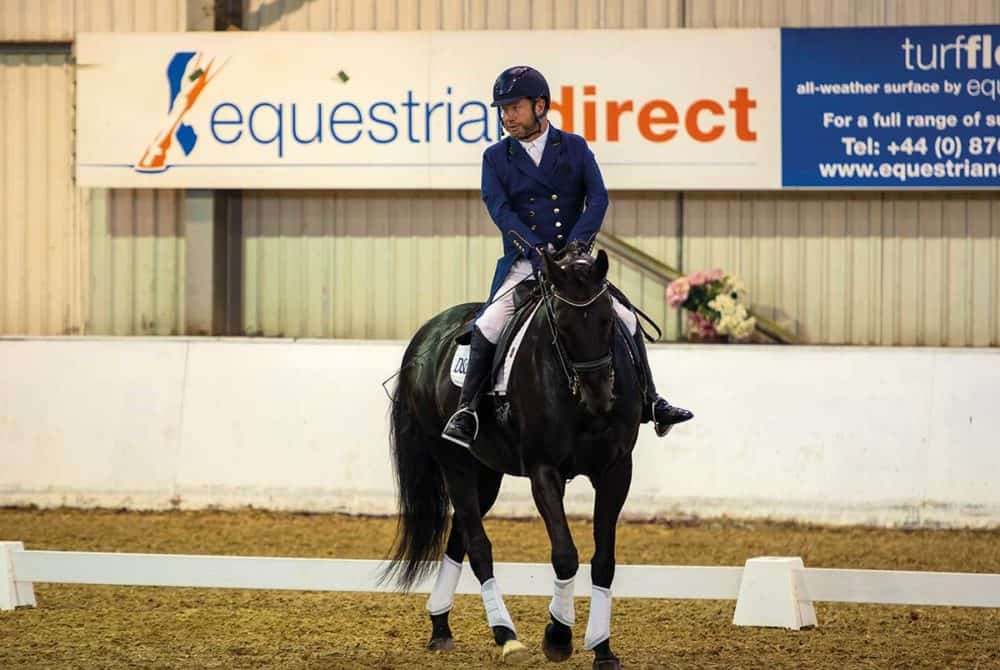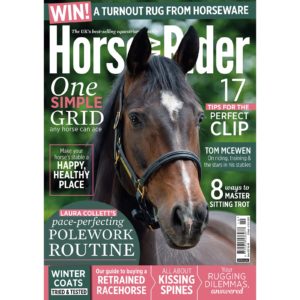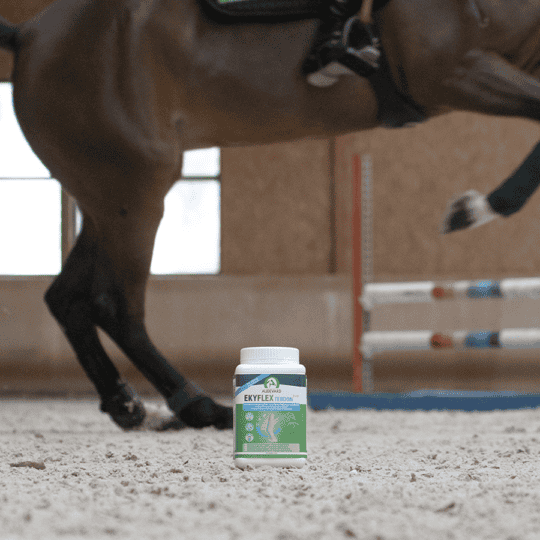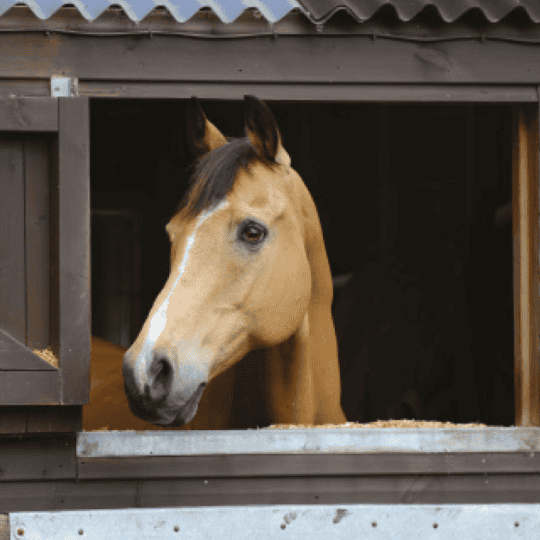Dynamic dressage
Posted 6th September 2022
Dressage superstar Sir Lee Pearson offers tips on riding lateral movements, breaking bad habits and how to ride smoother trot-to-canter transition

Whether you wish to move up the levels of dressage or simply improve your training at home, teaching a horse the lateral movements is a great way to make him more supple, straight and balanced.
Not only will a better schooled horse be more enjoyable to ride but by keeping him in better shape, you’ll give him the best chance of having a long and sound career.
Try not to feel daunted by having a go at lateral work or worry that you’re going to ask for the movements in the wrong way. Having a better knowledge of where your horse’s body needs to be positioned in each movement will go a long way to helping you understand how to ask him in the right way.
Think laterally
Medium level is the fifth level up in dressage (before that you have Intro, Prelim, Novice and Elementary). It’s at Medium that lateral work gets quite serious, with the movements required in a test being shoulder-in and travers in trot, then half-pass in trot and canter, as well as quarter and half walk pirouettes.
Here’s a simple guide to the movements in a Medium test and how to ride them. Have a go – you may be pleasantly surprised with your efforts!
TOP TIP
To keep your horse balanced, use plenty of half-halts in training sessions and tests. You can make them subtle – just a small feel on the rein backed up by the leg and seat aids.
Shoulder-in
Here, the horse is required to move on three separate tracks with his inside shoulder on an inner track, his inside hindleg and outside foreleg on a middle track and his outside hindleg on an outer track.
To ask for shoulder-in, sit centrally in the saddle but turn your shoulders slightly to the inside to mirror your horse’s shoulders. Your inside rein asks for a little inside flexion, while your outside rein controls the amount of bend and the speed. Apply your inside leg at the girth to ask your horse to flex around it and maintain the energy, and shift your outside leg back a touch so it’s slightly behind the girth to support the outside of your horse.
Travers
This movement asks the horse to bring his hindlegs onto an inner track while maintaining bend through his poll, neck and body into the direction of travel.
You’ll open your inside rein away from the neck slightly to ask for inside bend, the inside leg stays at the girth to encourage the horse to bend around it, the outside rein controls the amount of bend and speed, while the outside leg slides back to ask the hindquarters to come onto an inner track.
For more top dressage tips from Sir Lee Pearson, check out October Horse&Rider – on sale now!











